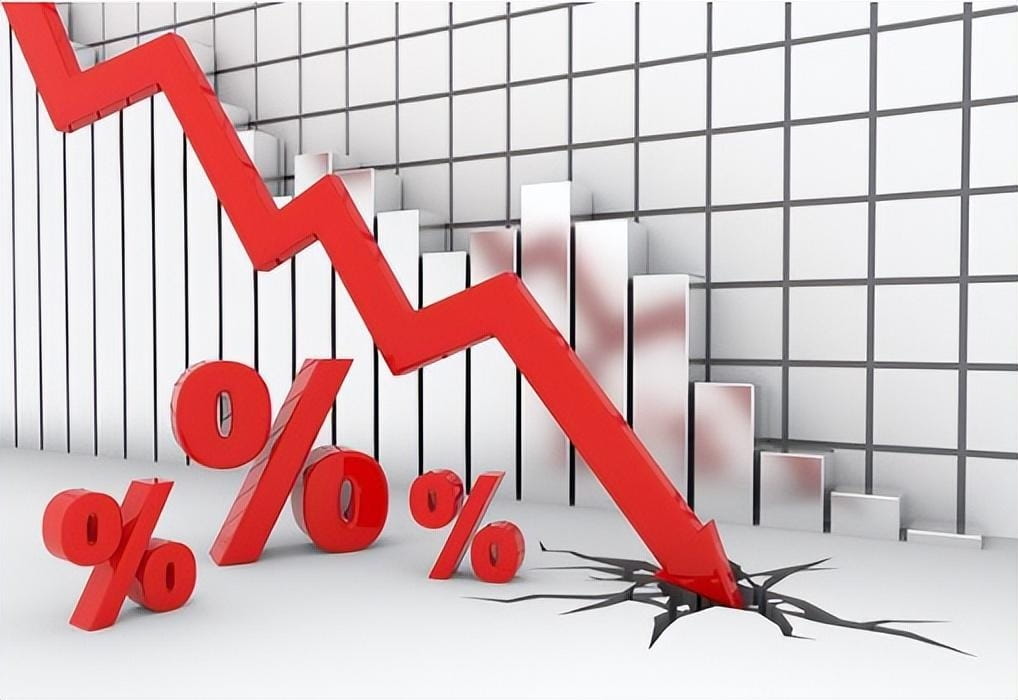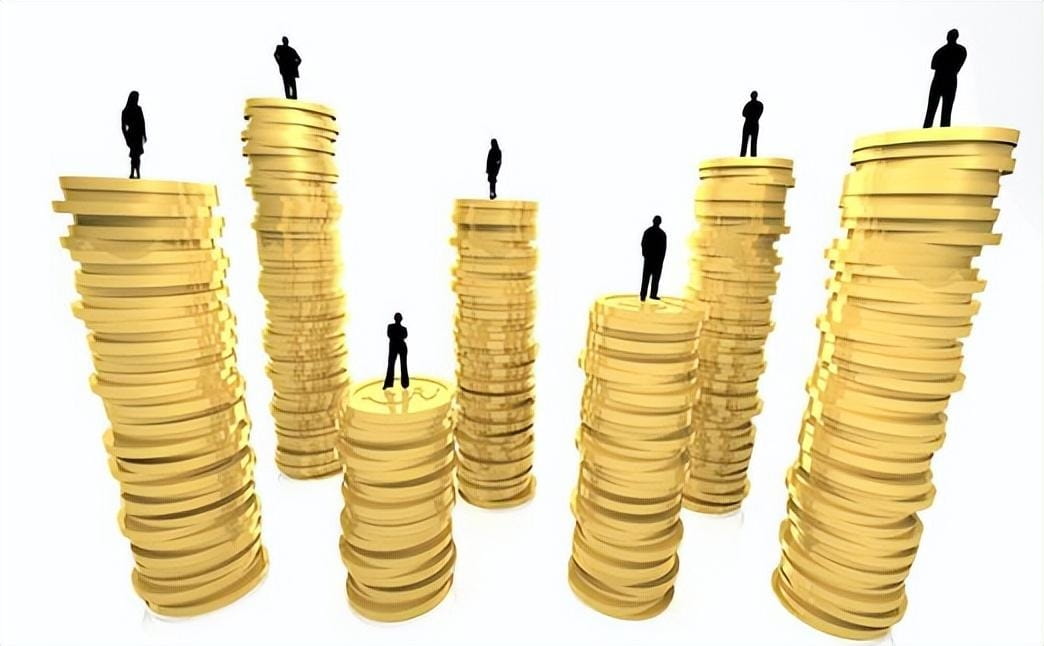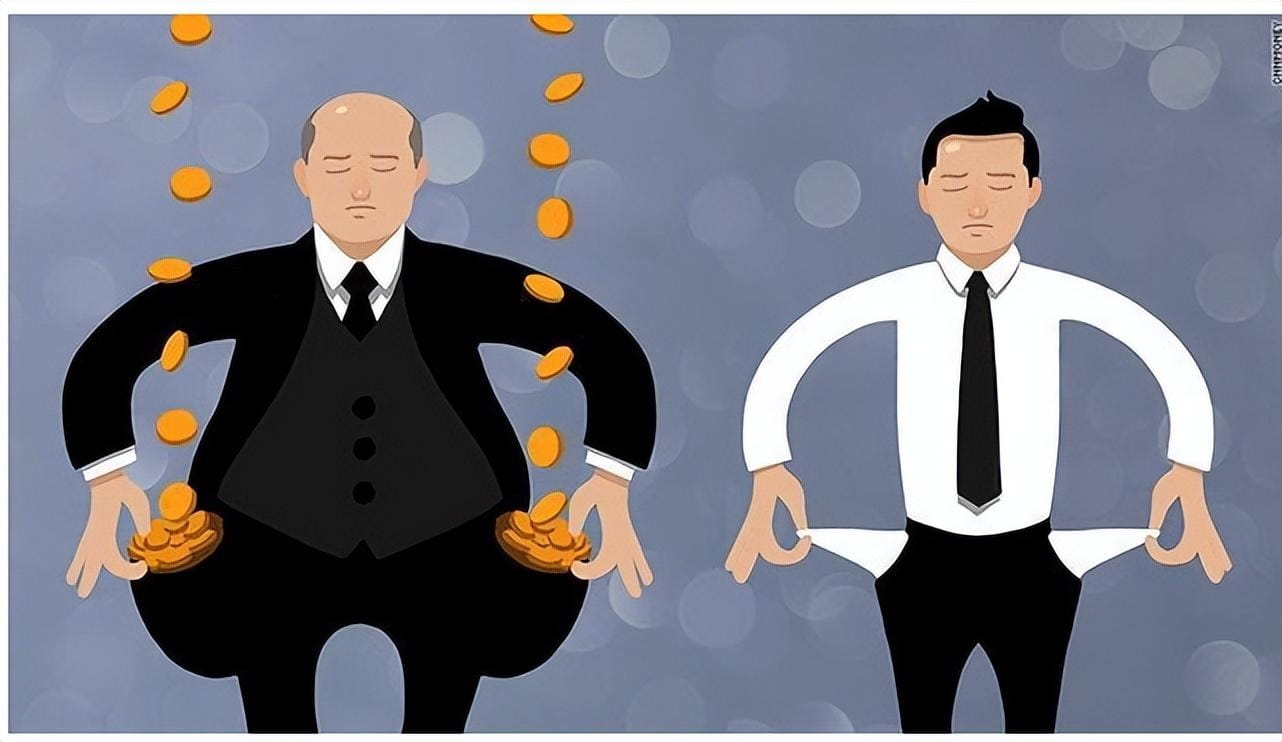In China, the world's second largest economy, a discussion about wealth distribution is quietly heating up. In recent years, although China's economy has achieved remarkable achievements, the problem of uneven wealth distribution has become increasingly prominent, becoming a major obstacle to the expansion of domestic demand and the sustained and healthy development of the economy. This issue is not only related to the stable growth of the economy, but also to social harmony and fairness.

The problem of unequal distribution of wealth is not unique to China, but its impact is particularly far-reaching in China. In the past few decades, China's rapid economic growth has brought about huge wealth accumulation, but this wealth is overly concentrated in the hands of a few people. According to statistics, the gap between the rich and the poor in China has reached above the warning line. This extreme inequality has seriously suppressed the vitality of the consumer market because the purchasing power of most of the population has not increased with economic growth.

China's economic development model has gradually exposed its limitations. For a long time, China's economic growth has relied on investment and exports, while domestic demand has been relatively weak. This development model is particularly fragile in the context of a complex and changing international environment and unstable external demand. Therefore, expanding domestic demand, especially stimulating the consumption potential of low- and middle-income groups by improving wealth distribution, has become an important issue in China's economic transformation and upgrading.

So why does the uneven distribution of wealth have such a serious impact on the development of China's economy? The concentration of wealth in the hands of a few people means that the consumption capacity of most people is limited. In economics, the principle of diminishing marginal propensity to consume tells us that as income increases, the growth rate of personal consumption will gradually slow down. Therefore, when wealth is over-concentrated, the overall consumption capacity of society will be suppressed, which is fatal to the economic growth model that relies on domestic demand.

On this issue, we must also explore in depth why the uneven distribution of wealth has a profound impact on social stability and sustainable economic development. One of the direct consequences of the uneven distribution of wealth is that it exacerbates the solidification of social classes. When wealth is concentrated in the hands of a few people, these people have more resources to influence policy making to protect their own interests, which further exacerbates the uneven distribution of wealth. This cycle not only weakens social mobility, but also makes those at the bottom of society feel hopeless, because their efforts are unlikely to change their situation.

Unequal distribution of wealth has also exacerbated the inequality of educational resources. In many cases, wealth can provide people with better educational opportunities, which means that children from wealthy families are more likely to receive high-quality education and thus earn higher incomes in the future, forming the so-called "rich second generation". However, children from low-income families, even if they have the same talents and efforts, find it difficult to obtain the same educational resources. This is not only unfair to individuals, but also a waste of talent resources for society as a whole.

Another key factor in economic development is innovation. However, unequal distribution of wealth can inhibit innovation. When social resources are concentrated in the hands of a few people, these resources are often used to maintain the existing profit structure rather than to explore new entrepreneurial opportunities or support innovative projects. This phenomenon not only limits the development of economic diversity, but also hinders the improvement of the overall innovation capacity of society.

In response to these problems, a series of comprehensive measures need to be taken to improve wealth distribution. Reform of the tax system is the key. By adjusting the tax rate, increasing taxes on high-income groups, and reducing the tax burden on middle- and low-income groups, the uneven distribution of wealth can be alleviated to a certain extent. Secondly, increasing investment in public services such as education and medical care to ensure that everyone can enjoy basic public services can not only improve the overall welfare of society, but also is an important means to narrow the gap between the rich and the poor.

Encouraging innovation and entrepreneurship is also an effective way to promote wealth redistribution. The government should provide more support and convenience for small and medium-sized enterprises and entrepreneurs, including providing start-up funds, tax incentives and technical support, so as to stimulate social innovation and create more employment opportunities, thereby promoting wealth redistribution.

Improving the social security system is also key. By establishing a more complete social security system and providing necessary assistance to those who suffer unexpected blows or are on the margins of society, social inequality can be alleviated to a certain extent and social cohesion can be enhanced.

Faced with this challenge, the Chinese government has begun to take measures to try to improve wealth distribution through tax adjustments and the improvement of the social security system. However, to truly solve this problem, in-depth economic structural adjustments and institutional innovations are still needed. This includes but is not limited to raising the income level of workers, improving the allocation of education and medical resources, promoting the development of small and medium-sized enterprises, and strengthening supervision of monopoly industries.

In this process, we can't help but ask, can the improvement of wealth distribution bring new growth momentum to China's economy? Can the improvement of wealth distribution really stimulate domestic demand and push China's economy to a new stage of high-quality development? These questions are worth pondering by each of us.
(Disclaimer) The process and pictures described in the article are from the Internet. This article aims to promote positive energy in society and does not contain vulgar or other bad guidance. If there are any copyright or character infringement issues, please contact us in time and we will delete the content as soon as possible! If there are any doubts about the incident, we will delete or change it immediately after contacting us.